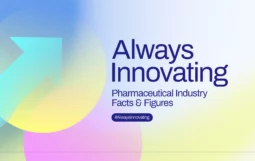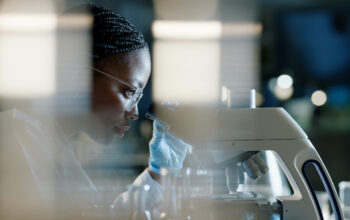Encouraging antimicrobial research: Incentives needed
Author
Share
Topics
(This is a re-posting that was first published on Monday 13 March in the Basler Zeitung)
‘Vets are expensive. Antibiotics are cheap.’ In a nutshell, this was a quote extracted from last week’s BBC report of the growing global problem of antimicrobial resistance highlighting the plight of overuse of antibiotics on farms in China. The BBC had visited a farmer who injects her pigs with antibiotics routinely, hoping it will protect them from illnesses. While concern about multi-resistant bacteria is common in hospitals, antibiotics are actually given much more frequently to healthy animals than to sick people. Undoubtedly, such overuse prompts an increase in antimicrobial resistance (AMR). The threat of multidrug resistant bacteria – increasingly resistant to almost all known antibiotics – embodies one of the biggest health challenges for industrialized and developing countries alike. A recent study estimated that deaths related to antimicrobials resistance could claim up to ten million lives per year by 2050.
The fact that today there is shared concern and consensus about the problem is one thing, finding a solution, however, requires enormous efforts and new partnerships. One such initiative includes a Declaration and a Roadmap signed a year ago by over 100 companies and trade associations in Davos. The signatories committed to collectively fight antimicrobial resistance based on actions in three key areas: Work to reduce the development of antimicrobial resistance, invest in R&D to meet public health needs with new innovative diagnostics and treatments, and improve access to high-quality antibiotics and ensuring that new ones are available to all.
Yet, admittedly, there are not only scientific and regulatory challenges to the development of new antibiotics; there is also an economic barrier. Put simply, there is a lack of incentives to invest in the highly risky business of developing antibiotics that would ultimately hardly ever be used, particularly if these new very effective products are to be stored on shelves, used only exceptionally due to the threat of new smart and sneaky multi-resistant bugs. Obviously this does not offer a return on investment. A stark case in point is a company which has recently brought a new antibiotic to market estimates that for a big country like Germany, their new product would be only used on some 500 patients per year, much fewer in smaller countries. At current pricing, they would barely break even and perhaps run at a loss. If one agrees that competitive research is most likely to result in desperately needed new antibiotics, new incentive mechanisms are required. Several solutions are under discussion. One option would be to offer a lump sum prize to the company which successfully brings a new antibiotic to the market. But how would this prize be funded and what happens if somebody comes up with an even better or safer medicine? Another alternative might be to provide an incentive for research in an area where there is no viable market in the form of a transferable patent right, an extension of the patent term which could be used for another drug of the same company.
Whatever the solution, encouraging more research alone is not enough to tackle the threat of antimicrobial resistance. Without appropriate human and animal use of antibiotics, the vicious circle of AMR will prevail even in the future. Equally important is the implementation of national action plans for AMR preparedness, something indispensable to curb lack of access and overuse of antibiotics. The national action plan against AMR in Switzerland includes a variety of measures but AMR does not stop at the borders. If antibiotics continue to be available without prescriptions in certain countries, those measures will only be partly successful. It is absolutely essential that governments, NGOs and industry build a global coalition and take bold political commitment to collectively combat AMR.
Author






